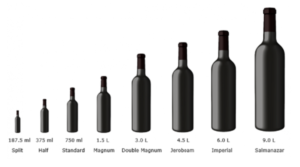Battery: Everything you need to know
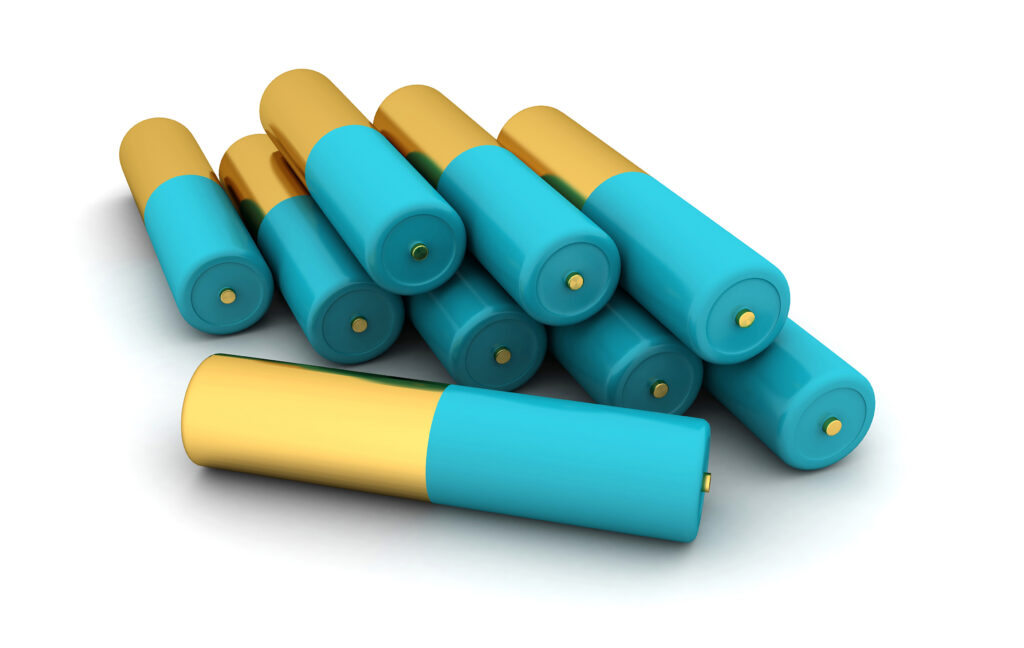
Cell phones and notebooks are more affordable than a few years ago, which allows people even greater access to these technologies. Thus, there are always many doubts about these electronics and one of the most controversial points is the battery.
Without them there would be no portable equipment, after all, from the alkaline batteries used in walkmans to the modern lithium-ion batteries present in notebooks and cell phones, they serve as a source of energy so that devices can be unplugged and charged around.
Without taking into account traditional batteries, there are three main types of batteries on the market. In order of appearance, they are the following: nickel-cadmium batteries, nickel-metal hydride batteries, and finally lithium-ion batteries. Find out how the differences between each model.
Nickel Cadmium (NiCd) Battery
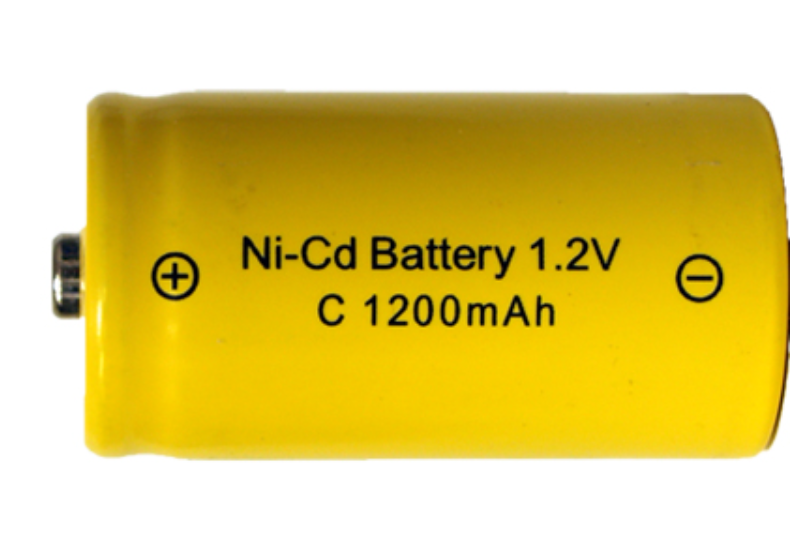
This battery dates back to the beginnings of rechargeable energy storage devices, as it was the first type of battery to support a new charge, which generated a significant advance in this field. In NiCd batteries, the negative and positive poles are in the same container, the positive pole being covered by nickel hydroxide and the negative by cadmium.
Despite being innovative, NiCd batteries are considered outdated, having been replaced by the other two models mentioned above.
They still exist on the market in older devices, however, they do not appear in new equipment because they have a relatively short lifespan.
In addition, these batteries suffer from the so-called “memory effect”, that is, the battery is no longer fully charged, even if its marker indicates otherwise.
This is mainly due to the act of recharging the battery with it not fully discharged, which ends up “addicting” it to charging only a much smaller amount of energy than it is capable of.
Other factors that influenced the disuse of nickel-cadmium batteries were their lower storage capacity and the use of cadmium, which makes a battery a great pollutant, as this is a highly toxic chemical material that is harmful to the environment.
Nickel Metal Hydride (Ni-MH) Batteries
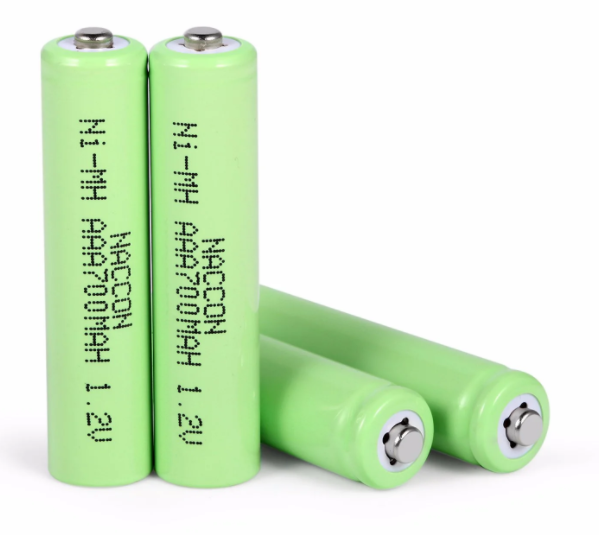
Despite being a later technology than NiCd, nickel-metal hydride batteries work very similarly to their predecessors. The big difference is due to its active material in the negative electrode. Ni-MH batteries employ hydrogen in the form of metal hydride instead of cadmium in their negative electrode.
Other differences, such as higher charge and longer usage time under the same conditions, are also present in these batteries. This is due to the fact that metal hydride is denser than cadmium, thus allowing a greater presence of nickel in the battery’s positive electrode. Furthermore, their advantages over NiCd are also that they are less toxic and vulnerable to the “memory effect”.
Li-Ion (Li-Ion) Batteries
Of all types of batteries, this is undoubtedly the best. Its advantages are diverse and varied and that is not exactly why they are used on a large scale in new electronics. If you have a notebook, cell phone, or digital camera made in the last few years, your battery will most likely be Li-Ion.
Non-toxic, with a charge capacity twice that of Ni-MH and three times that of NiCd, with no memory effect (ie, the battery will not be “addictive”) and also lighter, after all, lithium is one of the lightest metals ever known. Lithium density also allows for the creation of batteries with greater capacity.
Another point that gives much more advantages to Li-Ion batteries is the fact that these batteries do not require full charge cycles, that is, you don’t need to wait for the charge to run out to charge it again and when it charges you don’t need to wait for it to be filled by complete. In addition, when fully charged, the battery automatically stops receiving energy to prevent overcharging.
These batteries, however, demand greater care from their users, such as not being exposed to high temperatures that can cause permanent damage and even explosion.
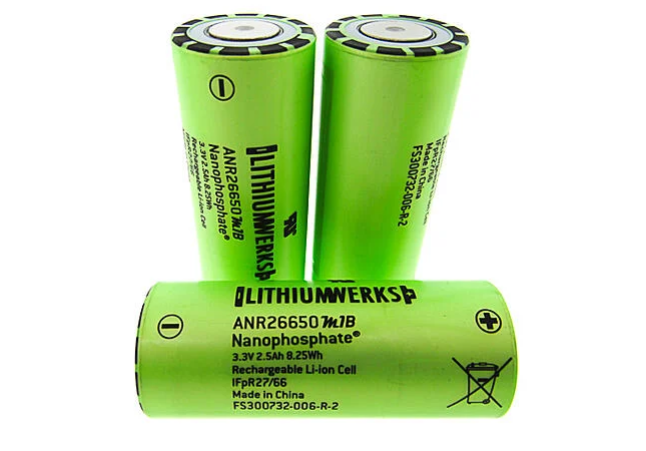
This is the name given to what is popularly called “addicting” the drums. This no longer occurs in Li-Ion batteries, it is more difficult to occur in Ni-MH and NiCd is practically the rule. This is basically due to the “bad” use of the equipment. The main reason is, without a doubt, to recharge the battery without it having used up all its charge, or to remove it from the charge until it is completely finished.
If you don’t know what type of your battery is, check the battery itself or the device manual, as it will contain this information for sure. If your battery is Li-Ion, you can have no worries, after all, it will not have this type of problem and will not be damaged by incomplete charging cycles. Now if it’s Ni-MH or NiCd, then you’d better be aware of how the device charges and discharges.
The main “effect” of battery addiction can be noticed when the battery marker indicates full charge and “suddenly” it is almost empty and your cell phone indicates low battery. This is caused by the memory effect damage that occurs as follows: charging the battery with a certain amount of charge still present will cause the equipment to “get used to” receiving only a partial percentage of its total charge, that is, it will become “addicted”.
If you are going to purchase electronic equipment, it is good to take into account the battery being purchased. First of all, it is important to know that battery capacity is measured in ampere-hours (Ah), and the higher this value, the greater its energy storage capacity.







